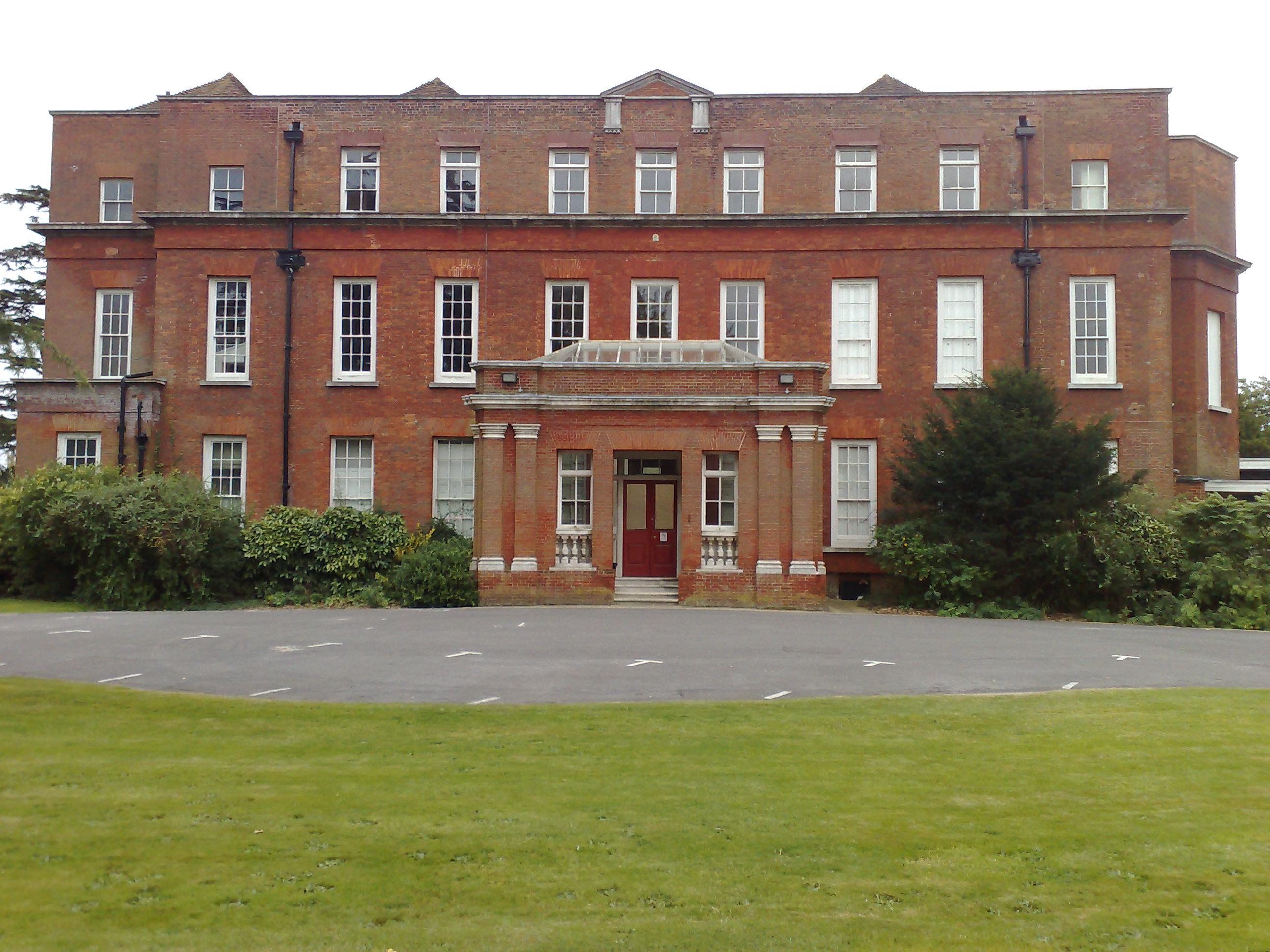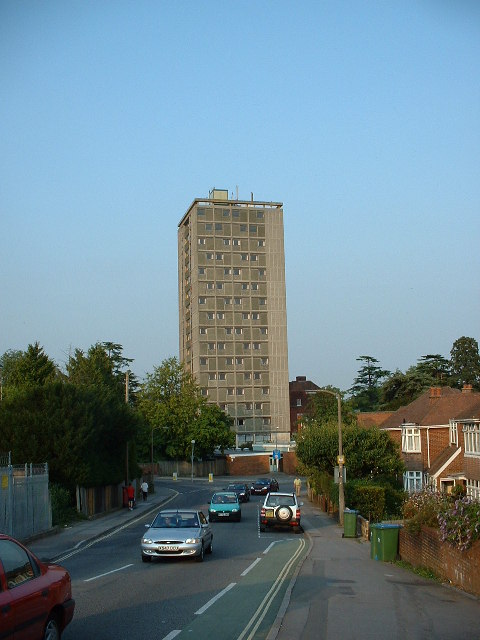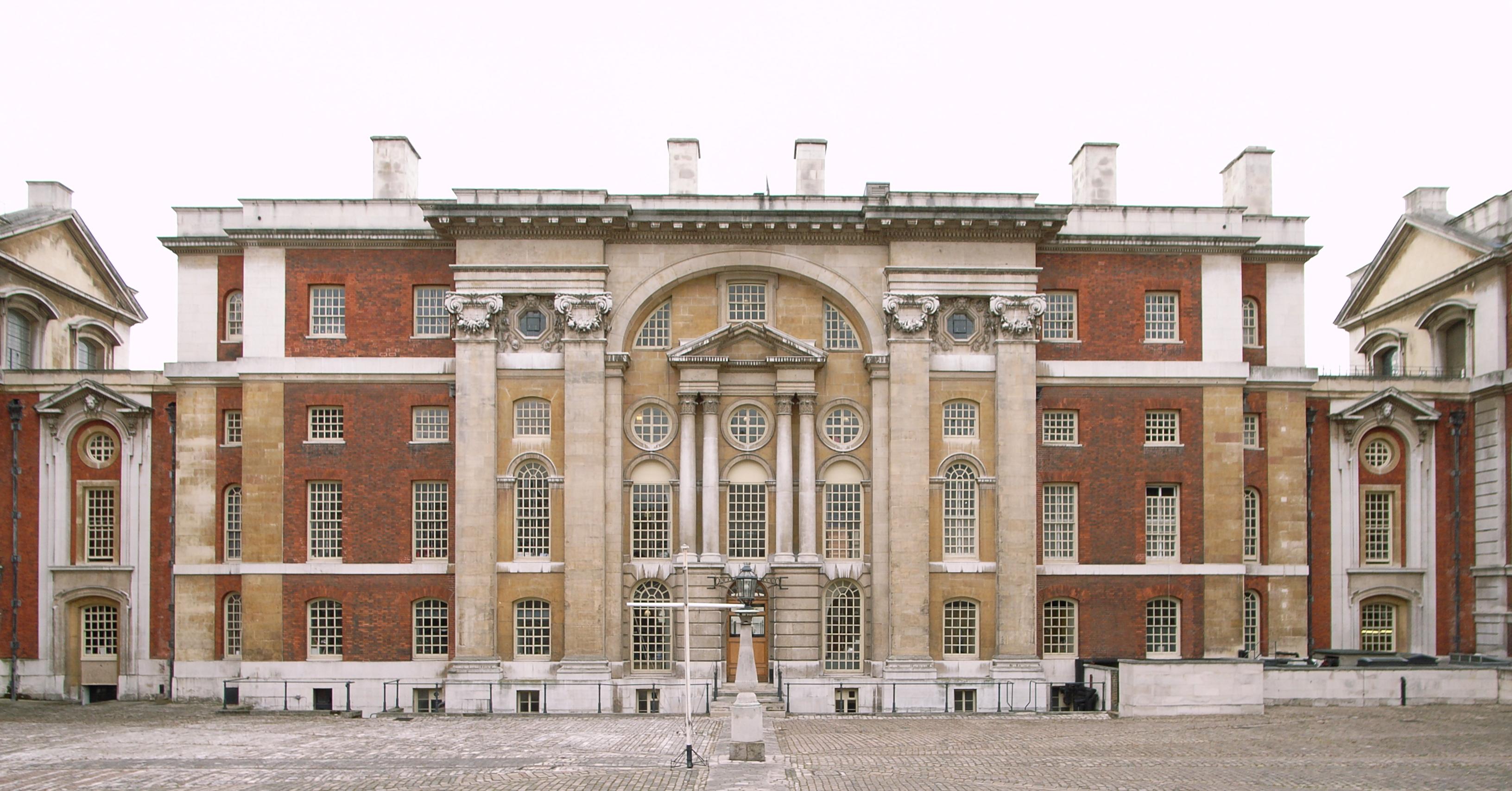|
South Stoneham
South Stoneham was a Manorialism, manor in South Stoneham ecclesiastical parish, parish. It was also a Hundred (country subdivision), hundred, Poor law union, sanitary district then rural district covering a larger area of south Hampshire, England close to Southampton. These last four South Stoneham divisions covered much of modern-day north Southampton suburbs and the Borough of Eastleigh. The manor house (South Stoneham House) and parish church (St. Mary's Church, South Stoneham, St Mary) are in Swaythling. Southampton was a second manor, but took over from South Stoneham as a name in general use. Manor and estate of South Stoneham (990–present) A charter dating from 990 relates to the manor of South Stoneham, and archaeological evidence of a Saxon settlement was found during building works in the area immediately around the current South Stoneham House. The manor of South Stoneham was originally called Bishop's Stoneham, and was held by the Bishop of Winchester at the time o ... [...More Info...] [...Related Items...] OR: [Wikipedia] [Google] [Baidu] |
South Stoneham House
South Stoneham House is a Grade II* listed former manor house in Swaythling, Southampton; the former seat of the Barons Swaythling before the family moved to the nearby Townhill Park House. The building is owned by the University of Southampton, and was used as a hall of residence, part of the Wessex Lane Halls complex. Originally known as Bishop's Stoneham, the records of the manor date from the 11th century, but the current house was constructed in the early 18th century. It has been attributed to Nicholas Hawksmoor with the gardens and landscaping attributed to Lancelot "Capability" Brown. The house is located close to the River Itchen and Monks Brook and the manor's previous owners include the Willis-Fleming family of nearby North Stoneham and Samuel Montagu, 1st Baron Swaythling. After Montagu's death in 1911 his son elected to continue living at nearby Townhill Park House, and South Stoneham was subsequently sold to University College Southampton (now the University of S ... [...More Info...] [...Related Items...] OR: [Wikipedia] [Google] [Baidu] |
Edmund Dummer (naval Engineer)
Edmund Dummer (1651–1713) was an English naval engineer and shipbuilder who, as Surveyor of the Navy, designed and supervised the construction of the Royal Navy dockyard at (Devonport), Plymouth and designed the extension of that at Portsmouth. His survey of the south coast ports is a valuable and well-known historic document. He also served Arundel as Member of Parliament for approximately ten years and founded the first packet service between Falmouth, Cornwall and the West Indies. He died a bankrupt in the Fleet debtors' prison. In her account of Dummer, Celina Fox sums up his career thus:Using elements of mathematical calculation and meticulously honed standards of empirical observation, Dummer tried to introduce a more rational, planned approach to the task of building ships and dockyards, with the help of his extraordinary draughting skills. Operating on the margins of what was technically possible, meeting with opposition from vested interests and traditional work pat ... [...More Info...] [...Related Items...] OR: [Wikipedia] [Google] [Baidu] |
Swaythling
Swaythling is a suburb and electoral ward of the city of Southampton in Hampshire, England. The ward has a population of 13,664. Swaythling is predominantly residential in character, and noted for its large student population due to its proximity to the University of Southampton main campus at Highfield. The university's Wessex Lane Halls and City Gateway housing facilities are located within the district. Swaythling during the First World War was the location of the Swaythling Remount Depot and prior to its closure in 2013, the Ford Motor Company Southampton Assembly Plant. History Manor and estate of South Stoneham Recorded as ''Swæthelinge'' in 909 AD,Mills, A. D. ''Dictionary of English Place-Names''. Oxford University Press. . the origins of the name Swaythling (or prior to 1895, more commonly referred to as Swathling village) are uncertain. It is widely thought that the name originally referred to the stream that runs through the area, now known as Monks Brook; th ... [...More Info...] [...Related Items...] OR: [Wikipedia] [Google] [Baidu] |
Manorialism
Manorialism, also known as the manor system or manorial system, was the method of land ownership (or "tenure") in parts of Europe, notably France and later England, during the Middle Ages. Its defining features included a large, sometimes fortified manor house in which the lord of the manor and his dependents lived and administered a rural estate, and a population of labourers who worked the surrounding land to support themselves and the lord. These labourers fulfilled their obligations with labour time or in-kind produce at first, and later by cash payment as commercial activity increased. Manorialism is sometimes included as part of the feudal system. Manorialism originated in the Roman villa system of the Late Roman Empire, and was widely practiced in medieval western Europe and parts of central Europe. An essential element of feudal society, manorialism was slowly replaced by the advent of a money-based market economy and new forms of agrarian contract. In examining the o ... [...More Info...] [...Related Items...] OR: [Wikipedia] [Google] [Baidu] |
Nicholas Hawksmoor
Nicholas Hawksmoor (probably 1661 – 25 March 1736) was an English architect. He was a leading figure of the English Baroque style of architecture in the late-seventeenth and early-eighteenth centuries. Hawksmoor worked alongside the principal architects of the time, Christopher Wren and John Vanbrugh, and contributed to the design of some of the most notable buildings of the period, including St Paul's Cathedral, Wren's City of London churches, Greenwich Hospital, Blenheim Palace and Castle Howard. Part of his work has been correctly attributed to him only relatively recently, and his influence has reached several poets and authors of the twentieth century. Life Hawksmoor was born in Nottinghamshire in 1661, into a yeoman farming family, almost certainly in East Drayton or Ragnall, Nottinghamshire. On his death he was to leave property at nearby Ragnall, Dunham and a house and land at Great Drayton. It is not known where he received his schooling, but it was probably ... [...More Info...] [...Related Items...] OR: [Wikipedia] [Google] [Baidu] |
Kelly's Directory
Kelly's Directory (or more formally, the Kelly's, Post Office and Harrod & Co Directory) was a trade directory in England that listed all businesses and tradespeople in a particular city or town, as well as a general directory of postal addresses of local gentry, landowners, charities, and other facilities. In effect, it was a Victorian version of today's Yellow Pages. Many reference libraries still keep their copies of these directories, which are now an important source for historical research. Origins The eponymous originator of the directory was Frederic Festus Kelly. In 1835 or 1836 he became chief inspector of letter-carriers for the inland or general post office, and took over publication of the Post Office London Directory, whose copyright was in private hands despite its semi-official association with the post office, and which Kelly had to purchase from the widow of his predecessor. He founded Kelly & Co. and he and various family members gradually expanded the company ... [...More Info...] [...Related Items...] OR: [Wikipedia] [Google] [Baidu] |
Capability Brown
Lancelot Brown (born c. 1715–16, baptised 30 August 1716 – 6 February 1783), more commonly known as Capability Brown, was an English gardener and landscape architect, who remains the most famous figure in the history of the English landscape garden style. He is remembered as "the last of the great English 18th-century artists to be accorded his due" and "England's greatest gardener". Unlike other architects including William Kent, he was a hands-on gardener and provided his clients with a full turnkey service, designing the gardens and park, and then managing their landscaping and planting. He is most famous for the landscaped parks of English country houses, many of which have survived reasonably intact. However, he also included in his plans "pleasure gardens" with flower gardens and the new shrubberies, usually placed where they would not obstruct the views across the park of and from the main facades of the house. Few of his plantings of "pleasure gardens" have s ... [...More Info...] [...Related Items...] OR: [Wikipedia] [Google] [Baidu] |
Newton Valence
Newton Valence is a village and civil parish in the East Hampshire district of Hampshire, England. It is 4.4 miles (7.1 km) south of Alton, just off the A32 road. The nearest railway station is Liss, 4.5 miles (7.3 km) southeast of the village, although the station at Alton is a similar distance to the north. The village sits high in the westernmost chalk hills of the South Downs: maximum elevation 191 metres (627 feet) above sea level. Much of the surrounding landscape is within the East Hampshire Area of Outstanding Natural Beauty. Farming is the most obvious economic activity. Arable farming (mainly wheat, maize and oil-seed rape) and sheep-grazing predominate. The church and grounds The Anglican church of St Mary's was restored in 1871 and is faced in flint. The nave and chancel are early English, about 1300; the west tower is also early English, but has an embattled top, made of brick and dated to 1812. There are five bells in the tower, the largest we ... [...More Info...] [...Related Items...] OR: [Wikipedia] [Google] [Baidu] |
The Times
''The Times'' is a British daily national newspaper based in London. It began in 1785 under the title ''The Daily Universal Register'', adopting its current name on 1 January 1788. ''The Times'' and its sister paper ''The Sunday Times'' (founded in 1821) are published by Times Newspapers, since 1981 a subsidiary of News UK, in turn wholly owned by News Corp. ''The Times'' and ''The Sunday Times'', which do not share editorial staff, were founded independently and have only had common ownership since 1966. In general, the political position of ''The Times'' is considered to be centre-right. ''The Times'' is the first newspaper to have borne that name, lending it to numerous other papers around the world, such as ''The Times of India'', ''The New York Times'', and more recently, digital-first publications such as TheTimesBlog.com (Since 2017). In countries where these other titles are popular, the newspaper is often referred to as , or as , although the newspaper is of nationa ... [...More Info...] [...Related Items...] OR: [Wikipedia] [Google] [Baidu] |
British Museum
The British Museum is a public museum dedicated to human history, art and culture located in the Bloomsbury area of London. Its permanent collection of eight million works is among the largest and most comprehensive in existence. It documents the story of human culture from its beginnings to the present.Among the national museums in London, sculpture and decorative and applied art are in the Victoria and Albert Museum; the British Museum houses earlier art, non-Western art, prints and drawings. The National Gallery holds the national collection of Western European art to about 1900, while art of the 20th century on is at Tate Modern. Tate Britain holds British Art from 1500 onwards. Books, manuscripts and many works on paper are in the British Library. There are significant overlaps between the coverage of the various collections. The British Museum was the first public national museum to cover all fields of knowledge. The museum was established in 1753, largely b ... [...More Info...] [...Related Items...] OR: [Wikipedia] [Google] [Baidu] |
John Willis Fleming
John Willis Fleming (28 November 1781 – 4 September 1844) was an English landed proprietor and Conservative Member of Parliament. He was born at Bletchley in Buckinghamshire, the son of Rev. Thomas Willis and Catherine Hyde. He was educated at Eton College. He was the great grandson of the antiquary Browne Willis, and of Benedict Calvert, 4th Baron Baltimore and Charlotte Lee, Lady Baltimore. In 1813 he changed his name by Private Act of Parliament from John Fleming Barton Willis to John Fleming, and he was also known thereafter as John Willis Fleming. In 1813 he married Christopheria Buchanan, by whom he had four sons and four daughters. He was High Sheriff of Hampshire in 1817. He was elected Member of Parliament for Hampshire in 1820, and again in 1826 and 1830; and jointly with Henry Combe Compton for South Hampshire in 1835, 1837, and 1841. John Willis Fleming died at Athens, Greece on 18 July 1844, and was buried at St. Nicolas' Church, North Stoneham in Hampshire ... [...More Info...] [...Related Items...] OR: [Wikipedia] [Google] [Baidu] |








